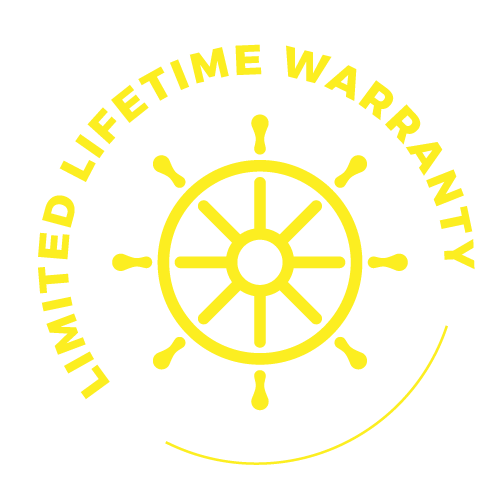Hurricanes can wreak havoc on our Florida communities, and boat owners often feel the brunt of the damage. After the storm has passed, it’s crucial to assess and address any damage to your boat lift and cover promptly. Here’s a step-by-step guide on what to do if your boat lift or cover sustains damage during a hurricane.
1. Safety First: Assess the Situation
Before you head out to inspect your boat lift and cover, ensure the area is safe. Look for downed power lines, flooding, or other hazards. If it’s safe to proceed, take a deep breath and approach the area cautiously.
2. Inspect the Boat Lift
Once you’re in a safe position, begin your inspection of the boat lift:
- Check for Structural Damage: Look for bent or broken components, including the frame, arms, and any electrical parts. Pay close attention to welds and joints, as these areas can be particularly vulnerable.
- Examine the Mechanism: If your lift has moving parts, check that they operate smoothly. Look for signs of rust, corrosion, or misalignment.
- Assess the Stability: Ensure the lift is still anchored securely. If it appears to have shifted, it may need to be repositioned or reinforced.
3. Evaluate the Boat Cover
Next, turn your attention to the boat cover:
- Check for Tears and Rips: Inspect the entire surface of the cover for any tears or signs of wear. Small rips can often be repaired, but larger damage may require a replacement.
- Look for Mold and Mildew: If your cover was wet for an extended period, check for mold or mildew. If you find any, clean the cover to prevent further damage.
- Examine the Fit: Ensure the cover is still fitting correctly. If it has shifted during the storm, it may not provide adequate protection going forward.
4. Document the Damage
Take photos of any damage you find for your records. This documentation can be invaluable for insurance claims and repairs. Make sure to capture images of the lift, the cover, and any associated damages to your boat.
5. Plan for Repairs
Once you’ve assessed the damage and contacted your insurance company, it’s time to plan for repairs. Minor repairs, like patching small tears or replacing bungees, can often be done at home with the right tools. However, for more extensive damage, such as frame issues or significant fabric deterioration, professional repair services are highly recommended.
6. Prepare for the Next Hurricane
Once everything is back in order, take this opportunity to prepare for future storms:
- Invest in Stronger Materials: If your current boat lift canopy has seen better days, consider upgrading to a high-quality canopy designed to withstand Florida’s coastal storms. Opt for UV-resistant and waterproof fabrics that offer protection against hurricanes.
- Create a Hurricane Preparedness Plan: Develop a plan for securing your boat lift and cover in advance of a storm, including evacuation plans if needed.
- Regular Maintenance: Keep up with routine maintenance on your boat lift and cover to ensure they’re in top shape for whatever nature throws your way.
Dealing with hurricane damage can be stressful, but taking the right steps can help you recover quickly and efficiently. By assessing the situation, documenting damage, and planning for repairs, you can ensure your boat lift and cover are ready for whatever comes next. If you’re in Florida and looking for the best boat hoist canopy covers, contact us to explore our range of durable, weather-resistant options. Protect your boat from the elements and enjoy peace of mind knowing it’s well-covered.


